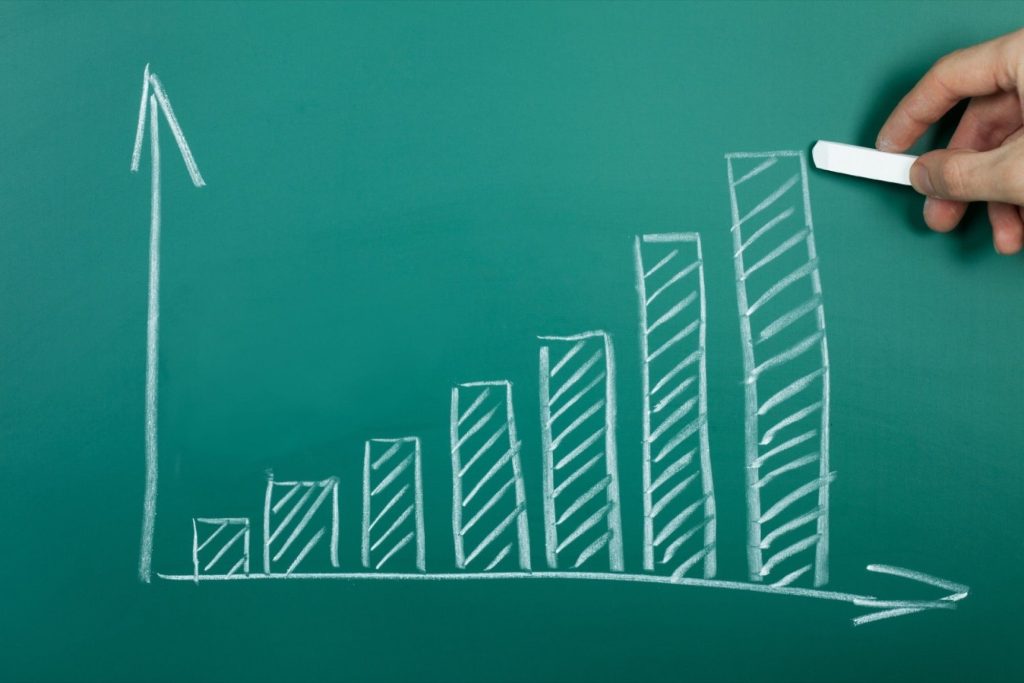Why Top-Line Growth Isn’t Enough (And What Burn Rate Can Reveal About Your Business)

If you’re like most contractors, you’re probably hustling hard, landing projects & contracts, and maybe even eyeing the next piece of equipment to help “scale.”
But here’s a hard truth: if you’re only focused on top-line growth and not watching your burn rate, you could be driving off a cliff with a full tank of gas.
🔥 🔥 What is Burn Rate?
Your burn rate is how fast your business is spending cash each month—regardless of what the P&L says. Think of it as your “financial oxygen.”
Even a business with revenue can be bleeding cash.
If your equipment purchases, debt payments, or poor receivables management are eating away at your cash—you’re in danger.
Burn Rate = (Cash at Start – Cash at End) ÷ Number of Months
Simple formula. Critical number.
It tells you how fast your cash is disappearing — regardless of profit, projects booked, or equipment on-site.
🧱 Real Example: Contractor at $3.5M
Let’s say you’re burning $50,000/month, and you’ve got $350,000 in the bank.
You’ve got 7 months of runway. Not bad — but watch that spending.
But now… let’s look at a much tighter situation 👇
🚨 What if You Only Have $50,000 in the Bank?
Same $50,000/month burn rate. But now:
Runway = $50,000 ÷ $50,000 = 1 month
That means if no cash comes in fast or you don’t become super profitable, you’ve got 30 days before you can’t make payroll, cover expenses, or keep the lights on.
This is more common than you think — especially if:
- Equipment was just bought
- Clients are slow to pay
- You’re holding too many low-margin jobs
👉 Download our “10 Quick Wins to Reduce Burn Rate” HERE
📉 What Happens If You Ignore Burn Rate?
- You make profit on paper… but can’t make payroll.
- You buy new equipment… and suddenly can’t fund operations.
- You chase more work… but forget to bill or collect fast enough.
Many contractors hit $1.5M+ and start “scaling” without knowing their runway (how long they can survive at their current burn rate).
Result? Your business becomes stressful, reactive, and financially unstable—especially in a slower economy (TODAY).
🔁 How It Shows Up in Your Financials
➡ Profit & Loss (P&L):
Tells you if you’re profitable — but it’s blind to cash movements like loan repayments, equipment purchases, or when you actually collect customer payments.
➡ Balance Sheet:
Shows your assets (equipment, inventory), liabilities (loans, credit cards), and equity — but not how fast cash is going out the door.
➡ Statement of Cash Flows:
This is where the truth lives. It shows:
- 💰 Operating cash (Are your jobs generating cash?)
- 🛠️ Investing cash (Are you spending on equipment?)
- 🧾 Financing cash (Are you taking on debt to survive?)
Your burn rate lives here — and it tells the story your P&L can’t.
🛠️ Tips & Tricks for Contractors
- Know Your Monthly Burn Rate
- Calculate: (Cash at start – Cash at end) ÷ months
- Track it quarterly or monthly
- Tie Equipment Purchases to Cash Flow
- Don’t buy because you “want” it — buy when the cash supports it
- Build a 13-Week Cash Flow Forecast
- Your future depends on what’s coming in and going out — not just booked projects
- Separate Owner Compensation from Business Cash
- Don’t fund your lifestyle with retained earnings you think are profit
- Watch the Timing of Receivables
- Revenue is meaningless if it’s not collected — slow-paying clients = faster burn
👉 Download our “10 Quick Wins to Reduce Burn Rate” HERE
🧭 Final Thought: Are You Building or Just Burning?
If you feel like you’re working harder than ever, but still cash-strapped every month — your burn rate might be the missing link.
At Southbrook, we help contractors get clarity. Because it’s not just about doing more jobs — it’s about keeping more of what you earn and sleeping better at night.
Want to figure out your burn rate and improve your cash runway?
Book a Discovery Call with me directly HERE
Stay smart. Build strong.
Until next time,
Nathan
